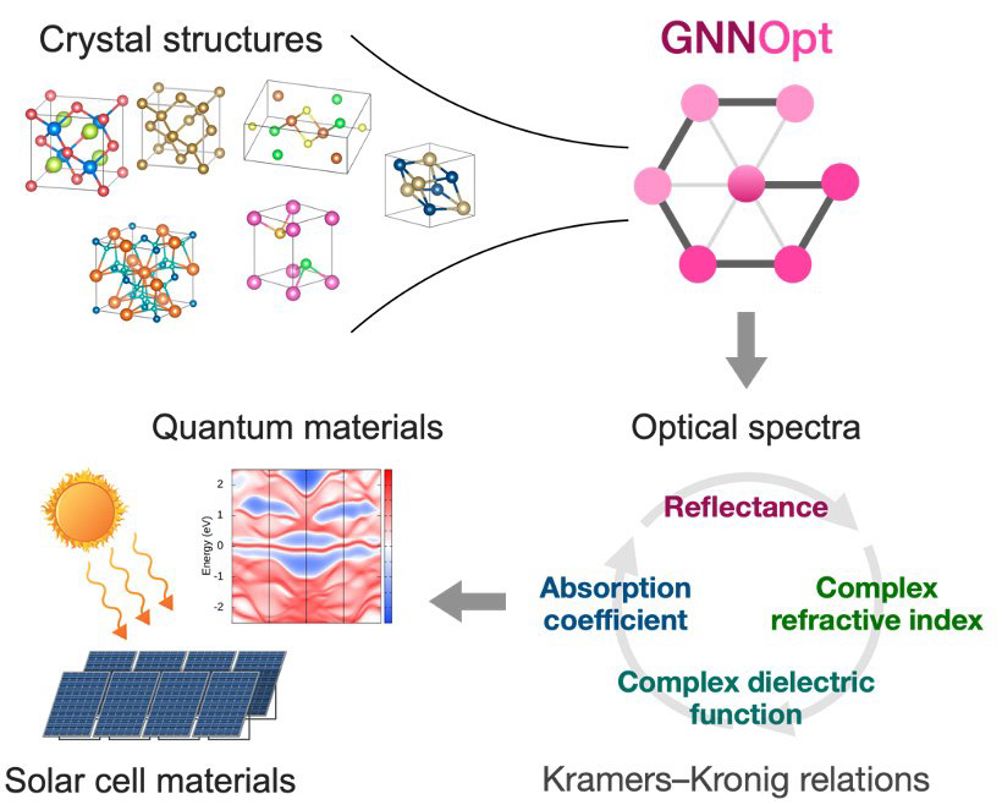Understanding the optical properties of materials is essential for developing optoelectronic devices, such as LEDs, solar cells, photodetectors, and photonic integrated circuits. However traditional methods involve complex mathematical calculations and immense computational power, rendering it difficult to quickly test a large number of materials.
Developed by researchers from Tohoku University, Japan and the Massachusetts Institute of Technology (MIT) the new AI model predicts optical properties across a wide range of light frequency, using only a material's crystal structure as an input.

"Optics is a fascinating aspect of condensed matter physics, governed by the causal relationship known as the Kramers-Krönig (KK) relation," said Nguyen Tuan Hung, an assistant professor at the Frontier Institute for Interdisciplinary Science (FRIS), Tohoku University,. "Once one optical property is known, all other optical properties can be derived using the KK relation. It is intriguing to observe how AI models can grasp physics concepts through this relation."
The new model is underpinned by a machine learning method known as ensemble embedding - whereby multiple models or algorithms are used to improve predictive performance . "This ensemble embedding goes beyond human intuition but is broadly applicable to improve prediction accuracy without affecting neural network structures," explained Abhijatmedhi Chotrattanapituk, an electrical engineering and computer science graduate student at MIT.
According to the team, this method enables highly precise optical prediction based solely on crystal structures, making it suitable for a wide variety of applications, such as screening materials for high-performance solar cells and detecting quantum materials.
Looking ahead, the researchers aim to develop new databases for various material properties, such as mechanical and magnetic characteristics, to enhance the AI model's capability to predict material properties based solely on crystal structures.
The group’s findings are published in an open-access paper in the journal Advanced Materials.











Taking steps toward reindustrialisation
Hi Jack, The UK and EU caused their own electricity price problems - for Russia was happy to supply UK after the Ukraine invasion, provided they paid...